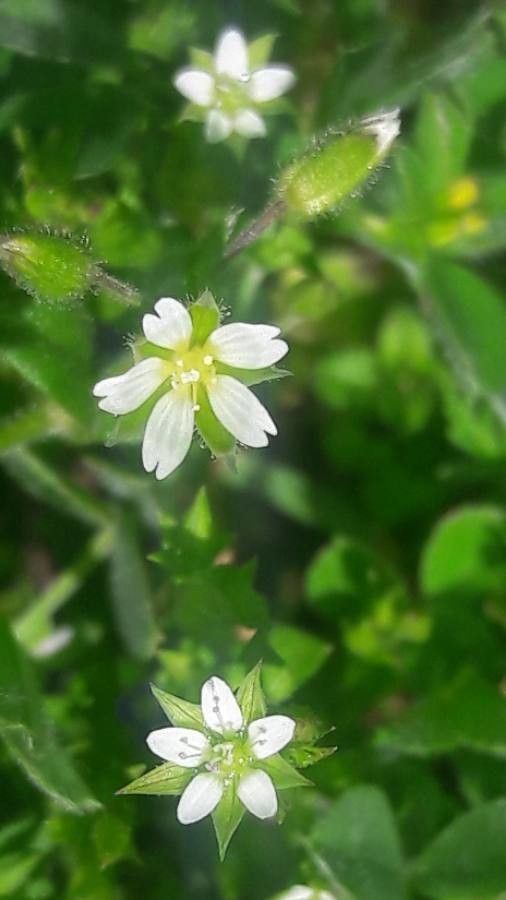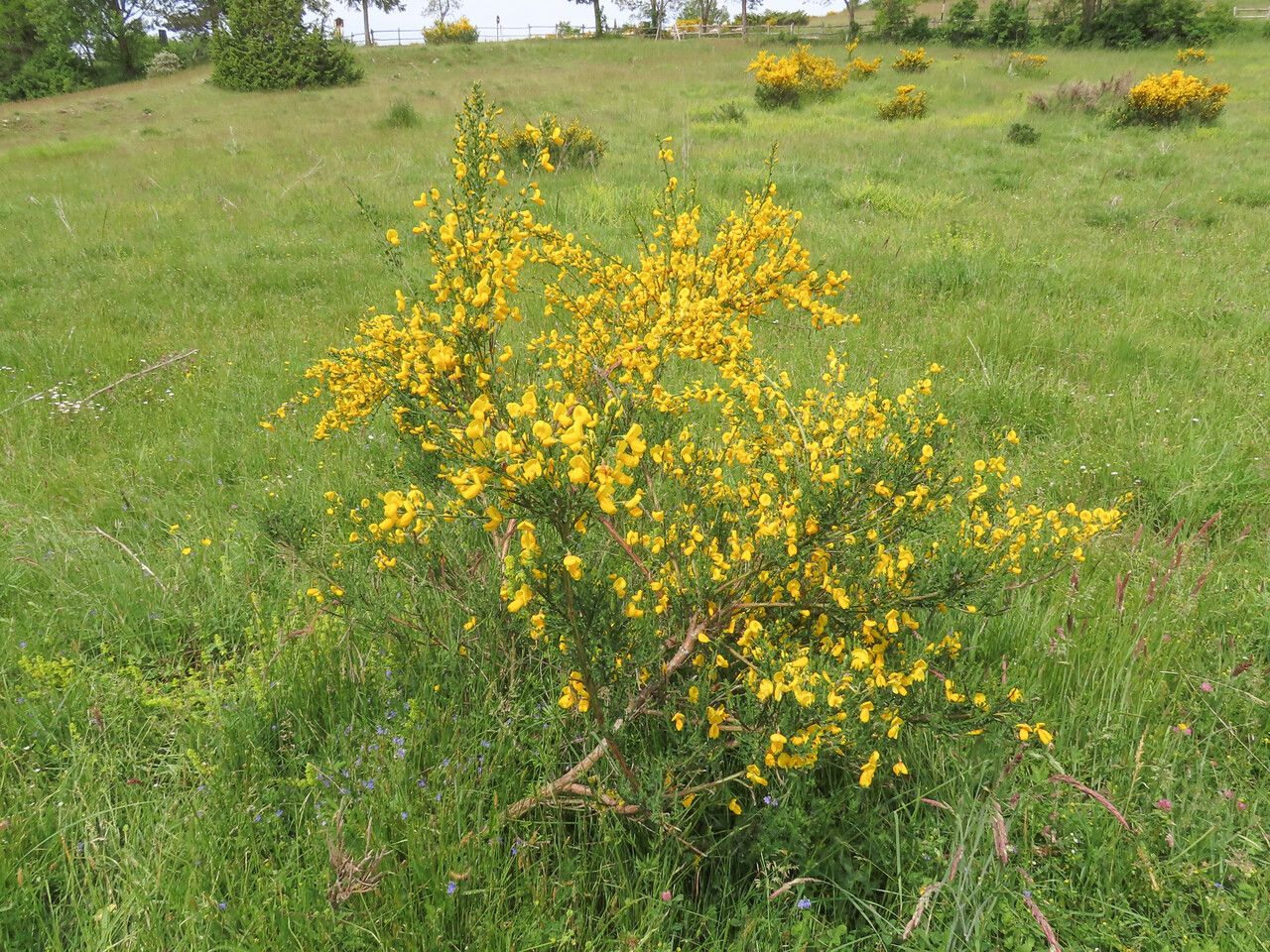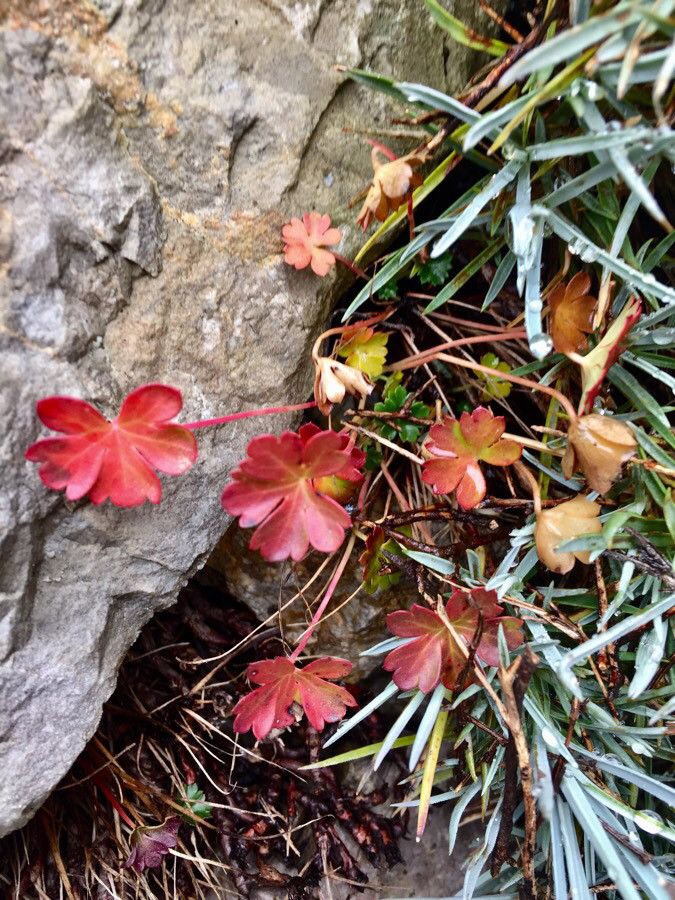## Thyme-leaf Sandwort: A Gardener's Delight
Thyme-leaf Sandwort ( *Arenaria serpyllifolia* ), a member of the Caryophyllaceae family, is a charming, low-growing plant prized for its delicate beauty and adaptability. Its tiny, needle-like leaves resemble those of thyme, hence its common name. This unassuming plant offers a wealth of benefits for gardeners, providing excellent ground cover and adding a touch of understated elegance to rock gardens, borders, and even containers.
### Habitat and Growth
Native to Europe and Asia, Thyme-leaf Sandwort thrives in a variety of conditions, demonstrating its resilience and adaptability. It is often found in open, sunny locations, but it can also tolerate some shade. Its creeping habit allows it to quickly spread and form dense mats, making it an effective ground cover for suppressing weeds.
### Sun Exposure and Soil Needs
Thyme-leaf Sandwort prefers full sun to partial shade. While it tolerates a wide range of soil conditions, it truly flourishes in well-drained, slightly alkaline to neutral soils. Poorly drained soils can lead to root rot, so ensuring good drainage is crucial. It is relatively drought-tolerant once established, making it a low-maintenance option for busy gardeners.
### Planting and Care
Planting Thyme-leaf Sandwort is straightforward. Seeds can be sown directly outdoors in spring or fall. Alternatively, you can start seedlings indoors several weeks before the last frost. Spacing plants approximately 6-12 inches apart ensures adequate growth and prevents overcrowding. While regular watering is essential, especially during establishment, avoid overwatering, as this can lead to fungal diseases.
Once established, Thyme-leaf Sandwort requires minimal care. Deadheading spent flowers encourages continuous blooming and prevents self-seeding. Regular weeding is beneficial, especially in the early stages of growth, to eliminate competition for resources.
### Pest and Disease Resistance
Thyme-leaf Sandwort is generally pest and disease-resistant, making it a low-maintenance option for gardeners. However, overwatering can make it susceptible to fungal diseases. Ensuring well-drained soil is key to preventing such issues. Snails and slugs may occasionally become a problem, but these can usually be managed with organic slug pellets or by hand-picking.
### Uses in the Garden
Its compact habit makes it ideal for rock gardens, spilling over rocks and crevices. Its low height (only a few inches tall) also makes it a great addition to the front of flower borders or as a groundcover for areas where other plants might struggle to thrive. Consider planting it near taller plants to provide a pleasing textural contrast.
### Conclusion
Thyme-leaf Sandwort offers a delightful blend of ease of care and attractive aesthetics, making it a wonderful addition to any garden. Its adaptability and resilience make it a perfect choice for beginner and experienced gardeners alike. Give this charming little plant a try and enjoy its subtle beauty for years to come.
Thyme-leaf Sandwort: Planting Guide & Care

Frequently Asked Questions
How do I grow Thyme-leaf Sandwort?
Sow seeds directly outdoors in spring or fall, or start seedlings indoors several weeks before the last frost. Ensure well-drained soil and adequate spacing (6-12 inches apart).
What type of soil does Thyme-leaf Sandwort need?
Thyme-leaf Sandwort prefers well-drained, slightly alkaline to neutral soil. Poorly drained soil should be avoided to prevent root rot.


